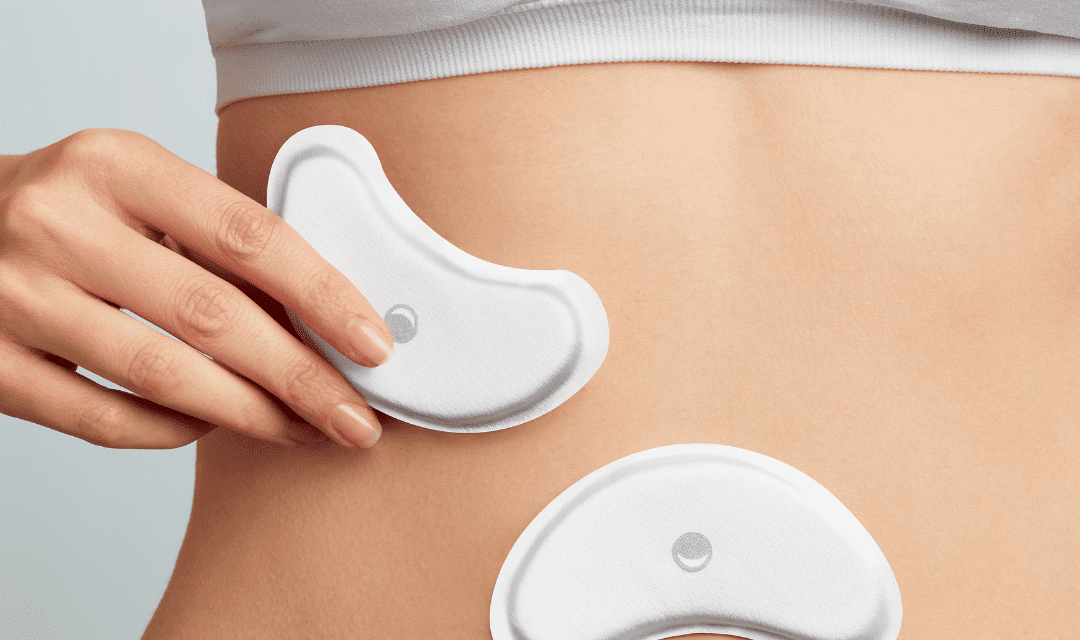Wesper’s survey of more than 1,000 patients is timely as GLP-1s bring obesity and sleep apnea to the fore.
In a recent study, patch-based home sleep testing device marketer Wesper looked into how obesity, sex, and age interact to influence key sleep apnea metrics, including the apnea-hypopnea index (AHI) and hypoxic burden (an emerging predictor of cardiovascular risks in sleep apnea patients).
The study, published on Wesper’s website, analyzed 1,364 patients, including mixed-body mass index (BMI) and obese-only groups, uncovering how factors like weight gain, aging, and sex amplify sleep apnea severity. Among the most significant insights was the heightened impact of weight and age on AHI and hypoxic burden, with male patients showing considerably higher risks.
Wesper Survey Key Findings
Key findings from the survey conducted by Wesper include:
- For every 1-unit increase in BMI (for example, going from a BMI of 30 to 31), patients experienced 1 additional breathing interruption per hour during sleep.
- Each additional year of age increased breathing interruptions by 0.32 events per hour in the mixed-BMI group and by 0.42 events per hour in the obese-only group, showing a greater impact in those with higher BMIs.
- Men consistently exhibited more severe sleep apnea than women. In the obese group, males experienced 14 more breathing interruptions per hour and endured 34% more oxygen deprivation during sleep compared to females, despite having similar BMIs.
“Obesity and sleep apnea are intricately linked, and our findings emphasize the unique risks patients face based on their weight, age, and gender,” says Amir Reuveny, PhD, CEO and founder of Wesper, in a release. “Wesper’s advanced sleep testing system equips providers with the data they need to deliver personalized care, particularly for patients on GLP-1 therapies.”
Reuveny adds that untreated sleep apnea can undermine the benefits of GLP-1 therapy. He posits that Wesper’s artificial intelligence-powered system addresses this gap by providing high-resolution, multi-night recording with a 95% correlation to polysomnography. The Wesper system can track hypoxic burden.










